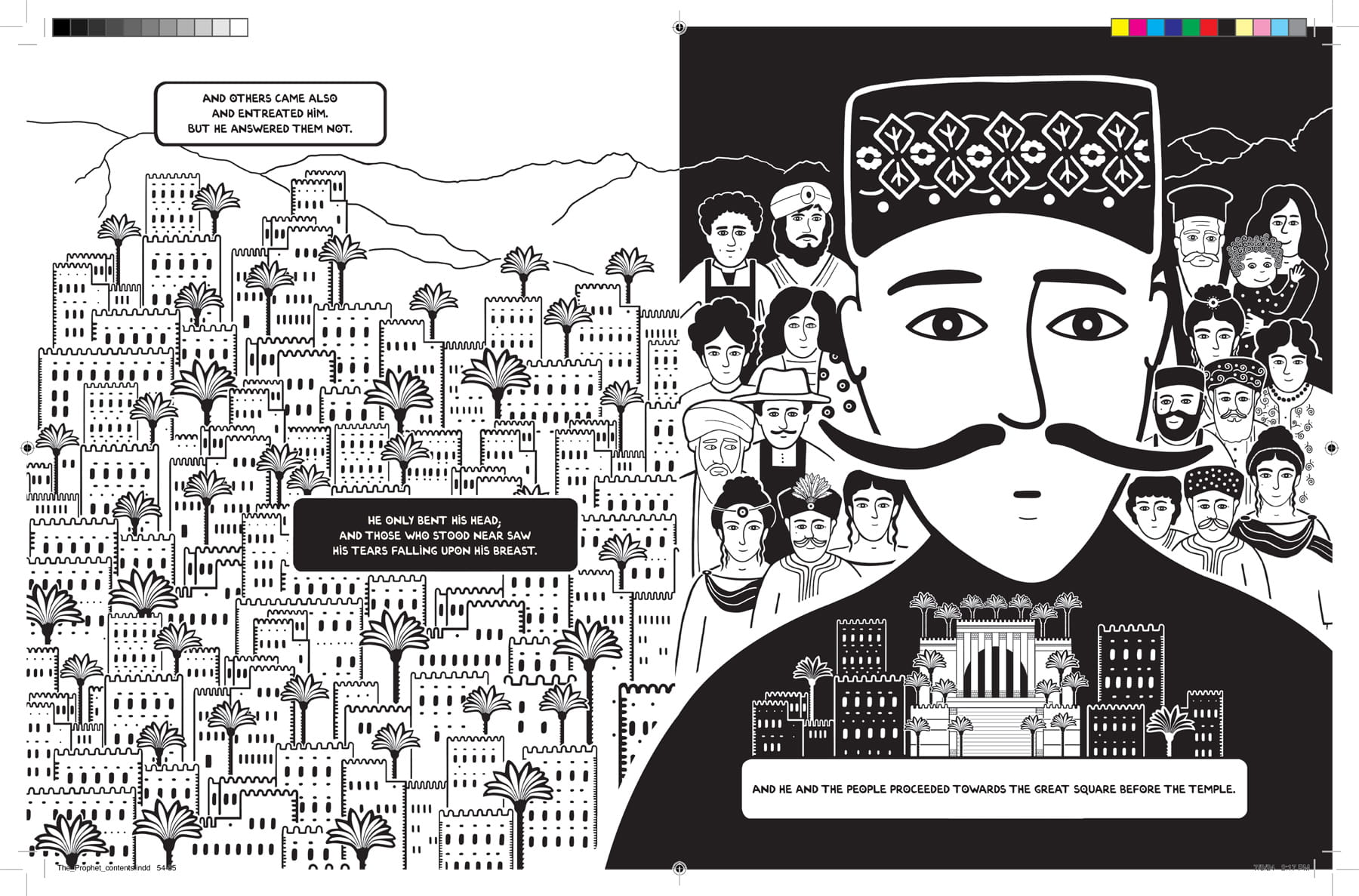
Meet the Woman Who Turned Gibran’s Classic The Prophet Into a Graphic Novel
When Lebanese artist and illustrator Zeina Abirached received the invitation to adapt Khalil Gibran’s 1923 classic, The Prophet, into a graphic novel, she hesitated.
When Lebanese artist and illustrator Zeina Abirached received the invitation to adapt Khalil Gibran’s 1923 classic, The Prophet, into a graphic novel, she hesitated. Gibran’s text—26 poetic essays voiced by fictional sage Almustafa—holds a special place in Lebanese households. Recited at weddings, funerals and rites of passage, The Prophet doesn’t just endure, it lives. Adapting it meant more than reinterpreting a classic—it meant entering into conversation with a beloved and deeply rooted text.
Abirached, who left war-scarred Beirut at 23 to forge a life in Paris, understood that weight. Yet something in the project called to her. Like Almustafa, who prepares to return home after years in a foreign land, she began her own journey—through memory, imagination and linework. As she traced his path, she also traced her own. What has emerged is a striking black-and-white reimagining that brings Gibran’s meditations into fresh visual form.
In this interview, Abirached reflects on the act of illustrating The Prophet—how she grappled with its ambiguity, honored its spirit and discovered a new way of seeing the wisdom she thought she already knew.
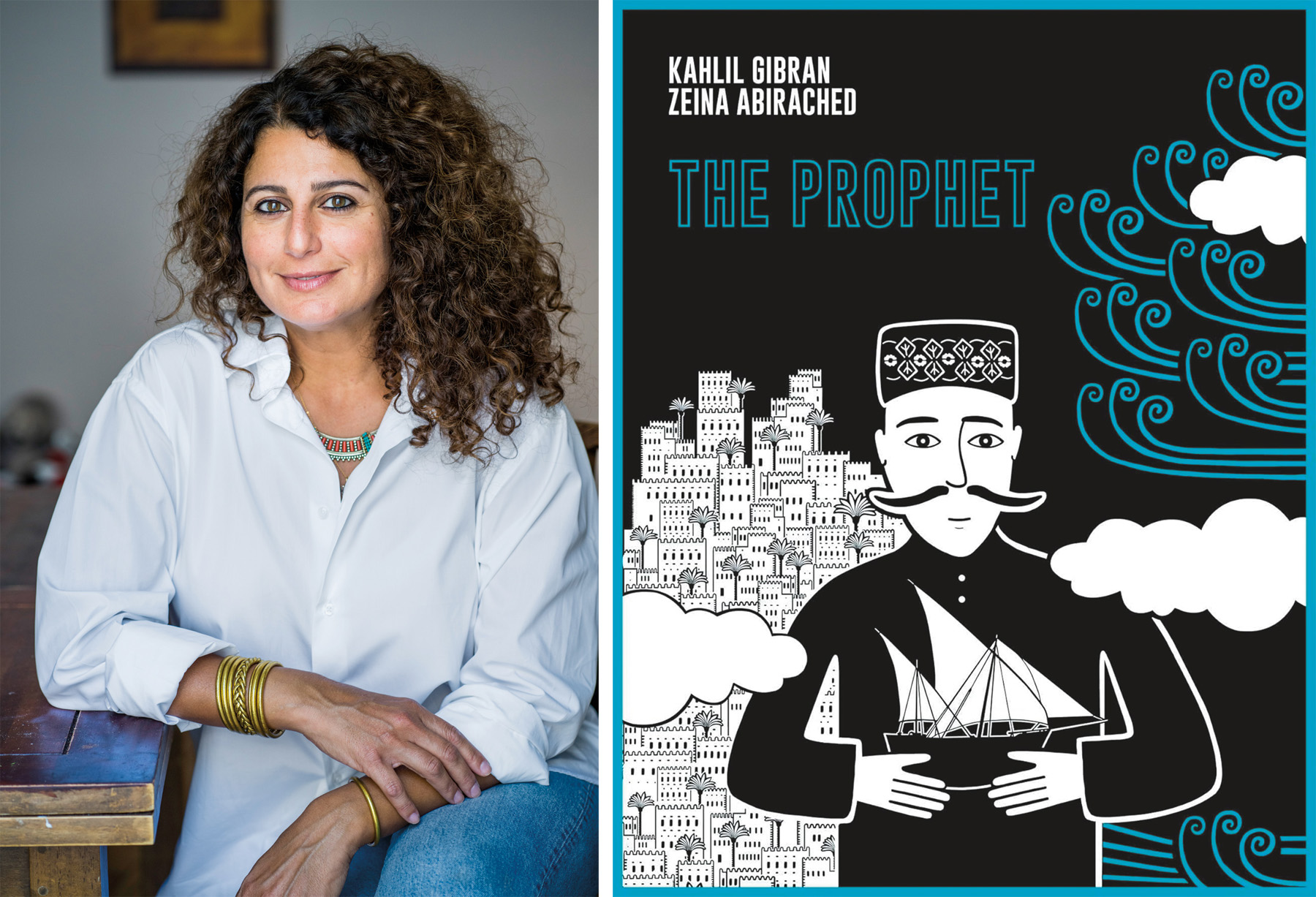
The Prophet: A Graphic Novel - Khalil Gibran. Il. Zeina Abirached. Interlink Books, 2024.
Yuri Zakovitch
What made you accept the challenge of adapting The Prophet into a graphic novel?
You meet Almustafa at the moment when he is preparing to leave, and the people of Orphalese ask him to stay a bit longer and share his wisdom. As I read the introduction, I suddenly realized that he’s talking about exile. He’s talking about so many populations of the Middle East but also of the entire world. He’s talking as a Lebanese person, too, because we are always packing a suitcase and leaving and coming back and leaving again. It’s the story of our lives, of the lives of our parents and grandparents, and it touched me really deeply. I had to draw him.
What was the drawing process like?
You know, there’s a rhythm to the text; it’s poetry. I would read it out loud to decide where to cut and to turn the page. I think that was the bigger part of the work because it establishes the way the reader is going to read and receive the text. With the drawing, I tried to keep my oriental way of drawing in black and white, a bit like calligraphy. When you work in black and white, there are so many emotions you can express. At the same time, I didn’t want to be too specific about the place where the story takes place: Orphalese. So, it’s a bit of architecture from a lot of inspirations. I tried to mix many influences and keep this universal spirit that Gibran had in his text, which itself is spiritual without being religious. The introduction was also very challenging because I had to represent the people. For example, is Almustafa old or young? Do the women cover themselves or not? Is it set in the 20th century or earlier? There are so many questions to answer in the drawings. Sometimes I felt as if I was a detective trying to find my way to graphically say what he says with his words, because some parts—like the part about freedom—are so abstract. I felt like I needed to crack the code. I smile when I talk about it because it was a super intense process. I went from not knowing anything from Gibran to knowing it by heart. It was a journey.
You describe the process as a kind of codebreaking. What do you hope your illustrations unlock for readers?
I say this with humility, but hopefully in my version they will get the musicality of the text. And, probably, they will also get more time because the text is difficult and intense, and sometimes you don’t understand. It’s super short, so you could be tempted to turn the pages without taking the time to process what you are reading. In this version of the book, you can wander around in the images and your imagination can participate in the understanding of the text. Hopefully, it will create an atmosphere that helps the reader get closer to the text.
There are sentences in the original text that are real gems, and in my version, I also wanted them to take up all the space of a double page. For example, there is a line: “Work is love made visible.” I still think about that sentence often because it’s beautifully said, it’s simple, and it’s true.
Speaking of truths, what is one piece of wisdom from The Prophet that has stuck with you?
The line about work is probably my favorite, but there is also a chapter about marriage where he talks about the strings of the lute. He means that you have to find the right distance when you are in a relationship with someone to live in harmony; you cannot be glued to one another. This is a classic. I think that Gibran’s prophet is still alive because wherever you are in your life, you can grab something and it can grow inside of you. I have goosebumps now.
How do you relate to Almustafa when it comes to leaving and coming home?
I’m Lebanese, but I write in French. I live in France, and I talk about Lebanon but in French. So there’s this constant movement between Beirut and Paris that was my life before I ended up in Oman—we have only been here for three years. In a way this was a way to cut the distance between Paris and Beirut that I had for 20 years. Being in a third place, I can look at my hometown and Paris from a different perspective. I drew everything for the book here, and it was interesting to have all this wisdom and poetry at a time of my life when I was away from “homes.” Of course, Beirut is my hometown; my parents are there. Paris is the home of the artist because I became an artist there, which was like a second birth. So, I cannot choose. I have to have both.
You may also be interested in...
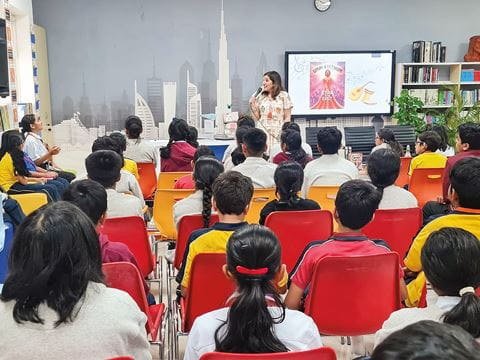
Meet the Author Who Invites Children To Discover ‘Star of the East’
Arts
Culture
In Umm Kulthum: The Star of the East, Syrian American author and journalist Rhonda Roumani illuminates the life of a girl from the Nile Delta who rose to become one of the most celebrated voices in the Arab world.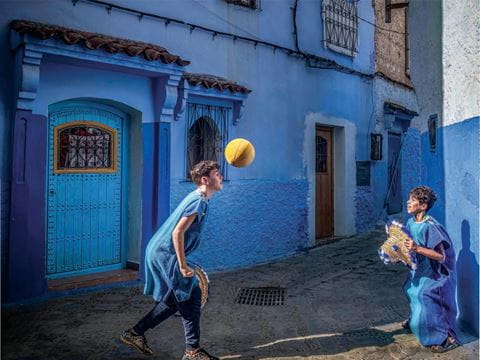
2026 AramcoWorld Calendar - Football Is Life
Culture
In urban centers and tiny villages, amid plains, deserts, forests, rainforests, coastal areas and any other habitat on our spinning sphere, football found a formidable foothold.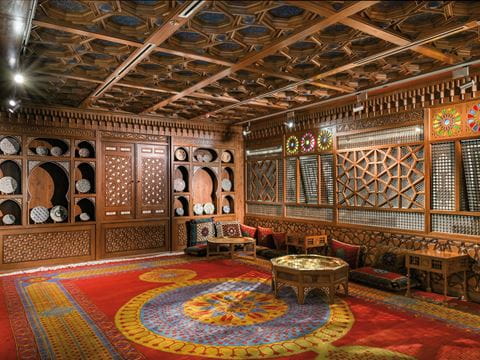
Handmade, Ever Relevant: Ithra Show Honors Timeless Craftsmanship
Arts
“In Praise of the Artisan,” an exhibition at Ithra in Dhahran, Saudi Arabia, aims to showcase Islamic arts-and-crafts heritage and inspire the next generation to keep traditions alive.